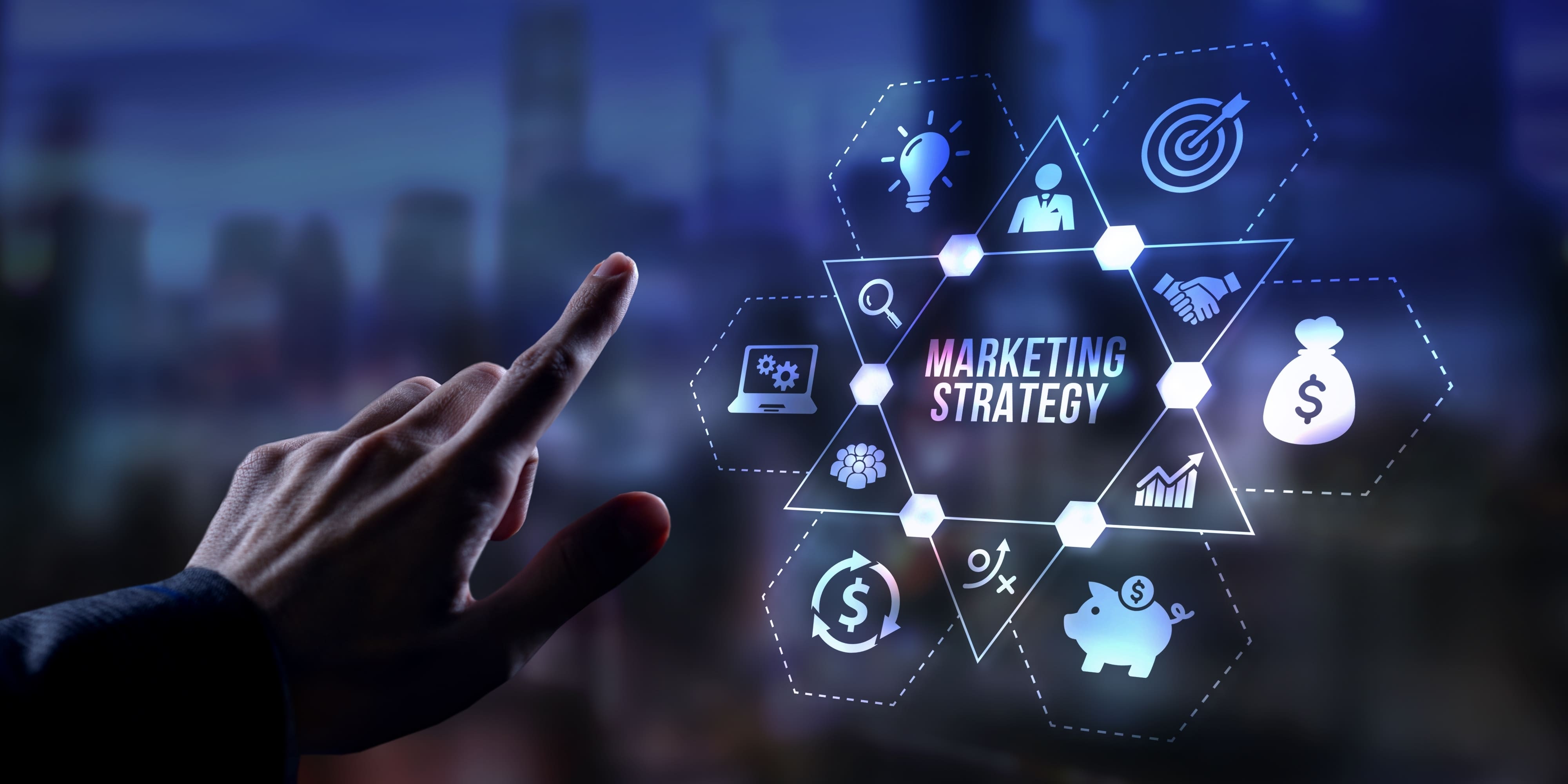7 Digital Marketing Strategies for Online Growth

In today's fast-paced digital landscape, businesses must adopt effective digital marketing strategies to ensure sustainable online growth. With ever-evolving algorithms, consumer behavior shifts, and increasing competition, it is crucial to stay ahead of the curve. Here, we delve into the most impactful digital marketing tactics that drive growth, engagement, and conversion in the online realm.
1. Search Engine Optimization (SEO) – The Foundation of Online Visibility
Search engine optimization (SEO) is the bedrock of digital marketing. Without a strong SEO strategy, even the most engaging website will struggle to attract organic traffic. To dominate search results, businesses must invest in on-page SEO (meta tags, keyword usage, URL structure) and off-page SEO (backlinks, social signals).
- On-Page SEO involves optimizing individual pages to ensure they rank higher in search engines. This includes:
-
- Crafting relevant and engaging content that answers the user’s query
- Strategically incorporating target keywords across the content, meta descriptions, and headers
- Ensuring fast load times and a mobile-friendly design
- Using internal links to enhance navigation and reduce bounce rate
- Off-Page SEO focuses on external efforts, such as acquiring high-quality backlinks from reputable sources. Backlinks are essential because they demonstrate authority and trustworthiness in the eyes of search engines. Building relationships with influencers, guest posting, and ensuring your content is shared on social media platforms all contribute to off-page SEO success.
2. Pay-Per-Click (PPC) Advertising – Immediate Traffic and Measurable ROI
While SEO delivers long-term benefits, Pay-Per-Click (PPC) advertising provides immediate visibility. Platforms like Google Ads, Facebook Ads, and Instagram Ads allow businesses to reach their target audience directly by bidding on specific keywords or demographics.
The key benefits of PPC advertising include:
- Instant visibility on top of search results
- The ability to control costs by setting daily budgets
- Targeted campaigns based on user behavior, location, and interests
- Measurable ROI through analytics tools that track conversion rates, clicks, and impressions
For businesses looking for immediate results, a well-structured PPC campaign can lead to a surge in website traffic and conversions.
3. Content Marketing – Building Authority and Trust
Content is king in the world of digital marketing. High-quality, informative, and engaging content not only attracts visitors but also builds authority and trust in your niche. Content marketing involves creating and sharing valuable information that solves problems for your audience.
Key forms of content include:
- Blog posts: Regularly updated blog posts that cover relevant topics, industry trends, or how-to guides
- Videos: Engaging videos that explain complex concepts, product demonstrations, or customer testimonials
- Infographics: Visual representations of data or processes, which are easily shareable and digestible
- E-books and Whitepapers: In-depth resources that position your brand as a thought leader in your industry
By consistently providing value through content, businesses can nurture leads, improve SEO rankings, and ultimately convert more visitors into customers.
4. Social Media Marketing – Engaging with Your Audience
Social media platforms like Facebook, Instagram, LinkedIn, and Twitter offer unique opportunities for businesses to engage with their audience in real-time. A strong social media presence fosters brand loyalty and encourages users to interact with your content.
- Facebook and Instagram Ads: These platforms provide advanced targeting options to display your ads to users based on their interests, behaviors, and demographics.
- LinkedIn Marketing: Ideal for B2B companies, LinkedIn helps businesses connect with industry professionals, generate leads, and showcase thought leadership.
- User-Generated Content (UGC): Encourage customers to create and share content that features your products or services. UGC not only boosts engagement but also adds authenticity to your brand.
By leveraging social media, businesses can expand their reach, enhance customer relationships, and ultimately drive more traffic to their websites.
5. Email Marketing – Personalized Communication for Higher Conversions
Email marketing remains one of the most effective tools for reaching and converting prospects. With the ability to send personalized, targeted messages directly to your audience's inbox, email marketing allows businesses to nurture relationships and drive conversions.
Successful email marketing strategies include:
- Building a quality email list through lead magnets such as free resources, newsletters, or discounts
- Crafting compelling email subject lines to improve open rates
- Segmenting your audience based on interests, behaviors, and demographics
- A/B testing different versions of emails to optimize click-through and conversion rates
- Implementing automation tools for welcome emails, follow-ups, and abandoned cart notifications
By maintaining a consistent email strategy, businesses can re-engage customers and boost sales.
6. Influencer Marketing – Leveraging Trust for Wider Reach
Influencer marketing leverages the trust that influencers have built with their audience. By partnering with influencers in your niche, you can tap into their audience to promote your products or services authentically.
Benefits of influencer marketing include:
- Increased brand awareness among a wider audience
- The ability to reach niche markets that align with your target demographics
- Authentic endorsements that drive higher engagement and conversion rates
To maximize ROI, it’s essential to collaborate with influencers who share your brand values and have a genuine connection with their followers.
7. Conversion Rate Optimization (CRO) – Turning Traffic into Customers
Driving traffic to your website is only half the battle. Once visitors land on your page, the goal is to convert them into customers. Conversion rate optimization (CRO) is the process of improving your website’s design, layout, and content to increase the percentage of visitors who complete desired actions, such as making a purchase, signing up for a newsletter, or filling out a contact form.
Effective CRO strategies include:
- A/B testing different elements on your site (headlines, CTAs, landing pages) to determine what resonates best with your audience
- Creating a clear and compelling CTA that guides users toward conversion
- Simplifying the checkout process by reducing the number of steps required to complete a purchase
- Enhancing website usability to ensure a smooth user experience on both desktop and mobile devices
Through continuous testing and refinement, CRO ensures that businesses make the most of their online traffic by improving the customer journey.
Conclusion
In a highly competitive digital environment, businesses must employ a mix of SEO, PPC, content marketing, social media, email marketing, influencer collaborations, and conversion optimization to ensure consistent online growth. By staying updated with the latest trends and technologies, companies can remain at the forefront of digital innovation and drive measurable results.


